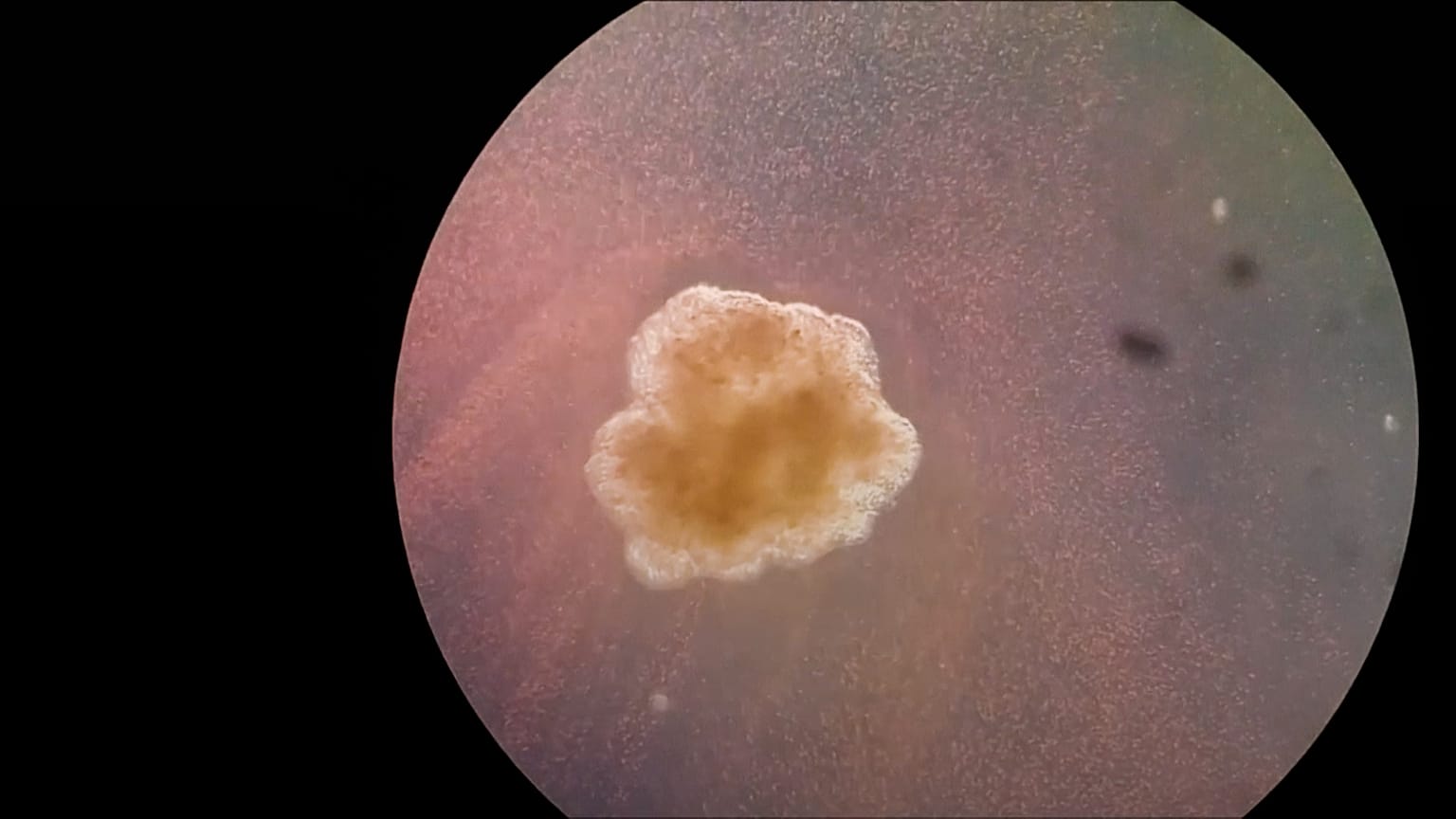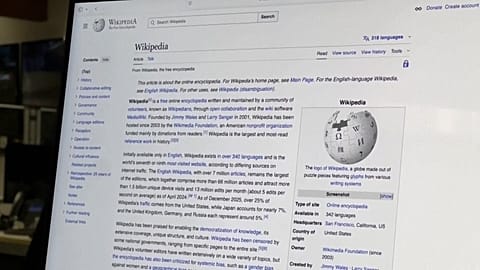Last year, researchers made "living robots" by incubating stem cells from frog embryos. Now they’ve discovered that they're able to self-replicate.
Is the age of the self-replicating robots already upon us?
The answer might just be yes if these scientists are to be believed. They say they have created the first "living robots" from frog cells that can reproduce.
The researchers from the universities of Vermont, Tufts, and Harvard made the living robots by removing and incubating living stem cells from frog embryos.
The living robots are called "xenobots" because the cells were taken from the embryos of the African clawed frog which is called xenopus.
These stem cells are capable of growing into different cells, such as brain cells, blood cells, and bone cells.
Previously, the same team published a study showing how xenobots could be programmed using AI to behave in a particular way, but they’ve now found that they are also capable of recreating themselves, an unexpected finding.
Co-author Professor Michael Levin from Tufts University explains that the xenobots are not reproducing in normal biological ways.
"This is not replication at the cellular level. The cells are not what's replicating here. This is the replication of the bot itself. So the xenobots are making other xenobots," he said.
Professor Jeremy Green, a developmental biologist from King’s College London who was not involved in the study, explains how this replication takes place.
"What they've done is they've taken cells that naturally cluster and that, having clustered, developed little hairs on their surfaces. So the whole cluster moves around and they've enabled these clusters to push other cells into new clusters that then go on and do the same thing," said Green.
Levin says that once extracted from the frog embryo, the stem cells under the microscope behaved unexpectedly.
"In their new environment, these cells can basically reboot their multicellularity, they can find a new way to be a functional living, moving, behaving proto organism,” he said.
“This is very important to understand how it is that this collection of cells can find a new way to function in a new environment, in a new configuration, even though it was never actually selected by evolution directly for this and for this function".
Cells are reproducing in a way frogs can't
Levin explains that what the cells can do is make copies of themselves - not just of individual cells, but of the whole organism.
"They do this in a completely novel way because they can't do it in the way that they would normally as a frog. This is not how frogs reproduce, but they've figured out a new way to carry out a similar function, which is to replicate the structure of the bot," he said.
The cell clusters, or xenobots, only have enough energy to last for a week in a dish, although Levin says it's possible to keep them alive for a month if they introduce nutrition to their saline solution.
More importantly, he believes these swimming, cell gathering clusters can, with further AI involvement, be used as robots to carry out microscopic repairs.
"What are the rules that help us understand if we were to arrange cells and stimulate them in a particular way? What would the collective do learning those rules?” he asked.
“It is an incredibly difficult process and AI is a tool for us to learn and to really crack that code".
Because the cells are capable of doing things without being programmed, Levin argues they will achieve more than man-made robots which have to be programmed for every function.
Once they know how the cell behaves they can feed that into AI to find out how they can manipulate it to do a specific function thereby increasing the robot's capability.
"This technology, which is really right at the intersection of machine learning and artificial intelligence, of the plasticity of evolved organisms, of us, trying to use machine learning to understand how do we get these cells to do something that they wouldn't normally do?" said Levin.
"This really blurs the line between robotics and biology because we have a degree of control over these and that's what the machine learning part of this project was. But there's also tons of novelty here that emerges from the biology itself that we did not directly micromanage or programme in".
He says that using this system to understand how we can get collectives of cells to do what we want them to do has applications far beyond biobots, robots, or robotics.
"It has applications all across some regenerative medicine and across AI, because the things we learn from these bots, we can take back and build new machine learning architectures that are based on that kind of amazing biological plasticity, which we haven't exploited yet in engineering," added Levin.



















